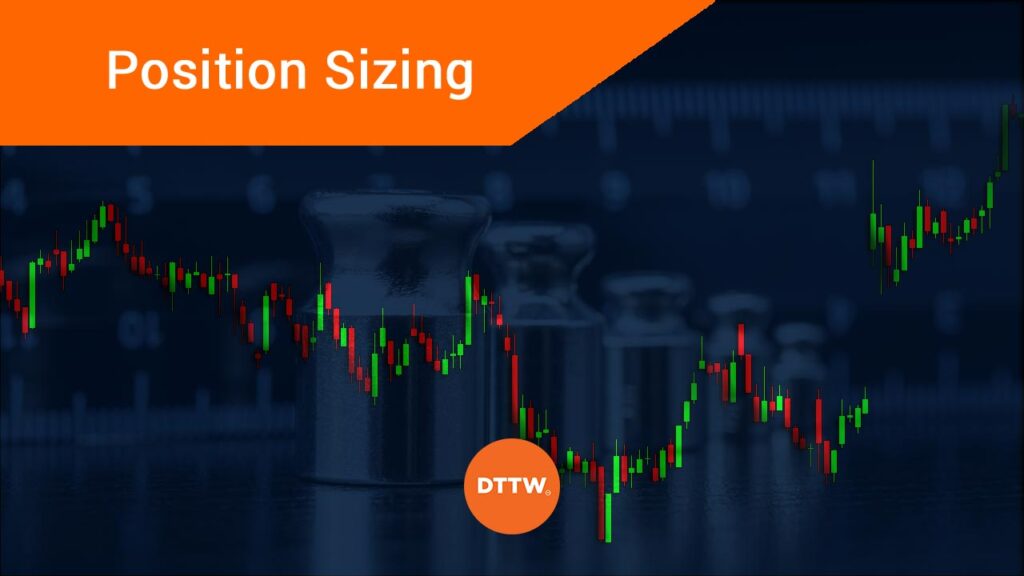Managing risk in forex is a crucial aspect of successful forex trading. Here are some key strategies to help you manage risk effectively in the forex market:
Manage risk in Forex

Set Stop-Loss Orders:
Use stop-loss orders to limit potential losses on each trade. A stop-loss order specifies the maximum amount of loss you are willing to tolerate and automatically closes the trade if the market moves against you.
Click here to read Master the Art of Forex Risk Management Tools
Determine Position Size:
Calculate the appropriate position size based on your risk tolerance and the distance between your entry point and stop-loss level. This ensures that each trade represents a consistent percentage of your overall capital.


Diversify Your Portfolio:
Avoid putting all your capital into a single currency pair. Diversification helps spread risk across different assets and reduces the impact of a poor-performing trade on your overall portfolio.
Use leverage wisely:
While leverage can amplify profits, it also increases the risk of significant losses. Use leverage cautiously, and consider lower levels of leverage, especially if you are a beginner.


Understand Correlations:
Be aware of correlations between currency pairs. Some currencies may have a high correlation, meaning they tend to move in the same direction. Diversifying across uncorrelated pairs can help reduce risk.
Stay Informed:
Keep yourself informed about economic events, news releases, and other factors that can impact currency markets. Be prepared for volatility around major announcements.


Regularly review and adjust:
Regularly review your trading strategy and performance. Adjust your risk management approach if needed, especially if you encounter changing market conditions or if your risk tolerance changes.
Avoid emotional trading:
Emotional decisions can lead to impulsive actions and increased risk. Stick to your trading plan, and don’t let fear or greed drive your decisions.


Utilize take-profit orders:
Set take-profit orders to lock in profits at predefined levels. This ensures that you don’t miss out on potential gains and helps maintain a favorable risk-to-reward ratio.
Keep an eye on margin levels:
Monitor your margin levels to avoid margin calls. A margin call occurs when your account balance falls below the required margin, leading to the closure of your trades.


Test strategies with demo accounts:
Before implementing a new trading strategy with real money, test it thoroughly using a demo account. This allows you to assess its effectiveness without risking actual capital.
Educate Yourself:
Continuously educate yourself about the forex market and risk management techniques. Stay updated on industry trends and best practices.

Remember that there is no risk-free trading strategy, and losses are an inherent part of forex trading. However, by implementing effective risk management practices, you can mitigate potential losses and enhance the overall sustainability of your trading activities.
